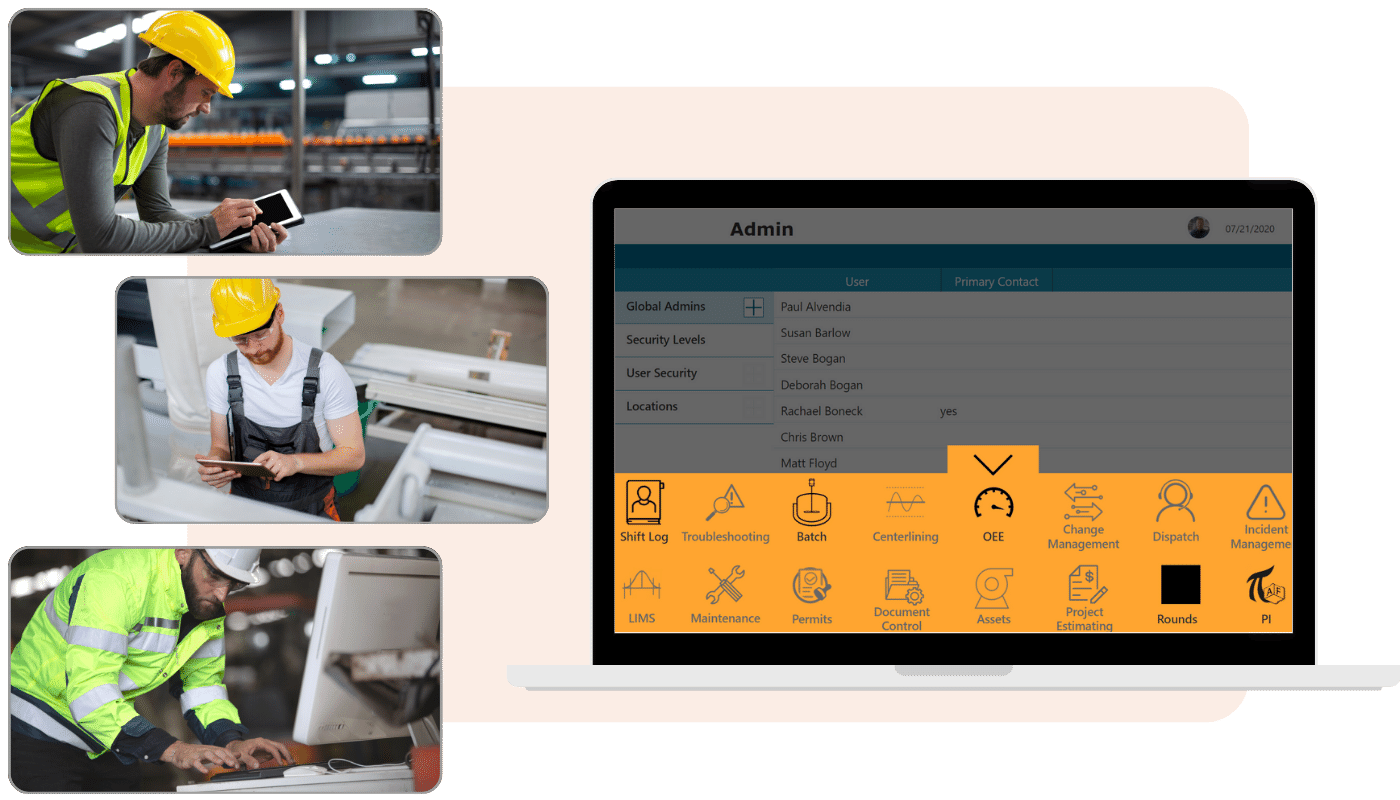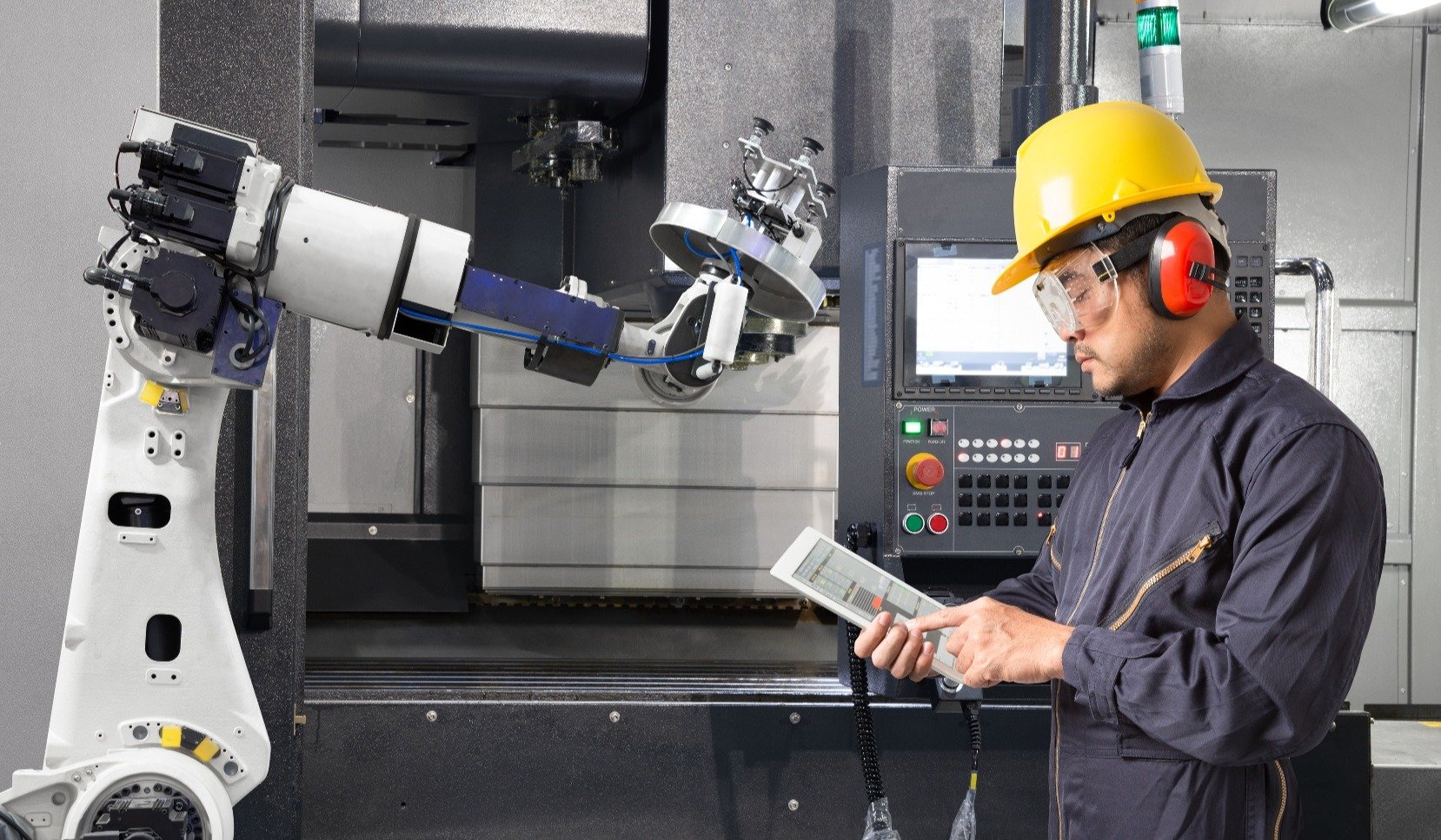5 Ways Power Apps Are Driving Digital Transformation in Manufacturing
We are witnessing digital transformation take place across many sectors, this transformation is driving new inventions, solutions, and benefits that...
4 min read
The skylabs Team Oct 3, 2022 3:27:51 PM

Most field operations require data entry in one form or another. This can include everything from customer information to inventory data. If not done effectively, data entry can be a time-consuming and tedious process. Here are a few tips for managing this important task.
Even though it is the 21st century, a lot of businesses rely on manual data entry instead of automating the process. This causes multiple productivity issues that contribute to many costs to those businesses - including money, time, data, and productivity costs.
Manual data entry is a repetitive and often low-value task, which means it is expensive to do. The cost of paying someone to sit at a computer and input data all day can add up quickly. This data entry issue is two-sided.
The initial expense is for workers to complete manual data entry. Second, there's the potential revenue loss as a result of incorrect manual input. According to research, incorrect data may cost firms anywhere from 30% to 90% of their earnings.
The 1-10-100 data entry guideline also clarifies the cost of human data entry. It states that it costs $1 to check data validity at the point of entry, $10 to tidy or correct information in bulk form, and $100 or more for each record if no action is taken.
Not only is manual data entry expensive, but it is also time-consuming. This can cause delays in getting information to the people who need it and can make it difficult to make timely decisions. It’s no surprise that manual data entry involves a large investment of time.
The average person types at a rate of 41 words per minute. Let's assume you're manually inputting data from paper registration forms. If each form is 400 words long to enter, completing 12 people would take between 8 and 10 minutes. It will take around two hours to register only 12 people.
Incorrect data is not only costly but can also be dangerous. Poorly inputted data can lead to missed opportunities, wrong decisions, and even legal problems.
Data entry that is completed by hand often has stained accuracy, averaging around 1%. This might not appear to be a large number, but it can make quite a difference. But imagine if your company had to input data between systems thousands of times a day across innumerable records.
This has a big influence on systems as a whole, especially when you consider that most companies use at least 123 different software applications. It's unlikely that all of these tools can integrate data automatically, resulting in even more opportunities for data entry errors.
In addition to the monetary and time costs, businesses also face productivity costs. This is when workers are spending time on tasks that could be completed by machines, such as data entry (via machine data integration). This means that your employees are not working on tasks that add value to the company. They're stuck in a manual process that could easily be automated.
When employees have to manually enter data, it takes away valuable time and energy that could be used for more productive tasks. In fact, a survey found that 62% of employees identified three or more major inefficiencies or bottlenecks in their business processes that could potentially be solved with automation.
There are a few different reasons why companies continue to use manual data entry methods instead of automating the process. One reason is that some businesses believe that automating data entry is too expensive. They believe that it's cheaper to just have someone do it manually. However, this isn't always the case. There are many affordable automation options available that can save businesses time and money in the long run.
Another reason is that some companies are hesitant to change their methods. They may have been doing things a certain way for so long that they're reluctant to try something new. This is understandable, but it's important to remember that change can be good. Automating data entry can help businesses improve their efficiency and accuracy.
Finally, some companies may not be aware of the automation options available to them. They may not know that there are tools that can help them automate data entry. This is where research comes in. It's important to look into the different automation options and partners to find the one that's right for your business.
Now that we’ve seen how big of a problem manual data entry can be, let’s take a look at how to implement successful tools to effectively manage it.
One way to do this is by using data entry software. This type of software can automate many of the tasks that are typically done manually. This includes tasks such as form filling, data validation, and data capture.
Another way to manage data entry is by using a data entry service. These services can provide you with a team of workers who are skilled in data entry. They can help you input data quickly and accurately.
Finally, you can also outsource data entry to a third-party company. This can be a great option if you don't have the time or resources to do it yourself.
SmartHub's Rounds Management tool is the perfect solution for managing data entry for all field operations. With SmartHub Rounds, operators can easily capture information and contextual data into the plant’s system.
SmartHub Rounds mobile allows you to get field data into a digital automated form.
SmartHub PI connectors allow manual data to be sent to OSI PI and enable real-time analysis for engineering teams and create analytical solutions for management workflows.
With SmartHub Rounds, operators can scan equipment via the mobile platform, through bar or QR codes.
SmarHub Rounds mobile "is" geo-locational "aware", allowing operators to scan equipment based on geospatial proximity.
SmartHub Rounds allows operators to capture manual data for it to be synchronized with SmartHub Apps.
Then, SmartHub Apps source real-time, historical, collected data from process variables to enable smart workflow management.
With SmartHub Rounds operators can see current PI data related to the plant equipment through the online platform.
Operators can also take advantage of the SmartHub Rounds offline platform to:
At Skylabs, we have been assisting businesses and small companies in adopting a digital mindset and business operation method since Power Apps was first released. The outcomes have been amazing, to say the least.
Learn more about how you can bridge the gap between business workflows with operational technologies.

We are witnessing digital transformation take place across many sectors, this transformation is driving new inventions, solutions, and benefits that...

As companies are requiring employees to work from home, unfortunately, manufacturers face the reality that manufacturing requires employees to work...

Believe it or not, information technology now plays a major role everywhere. Today, major industries from healthcare, manufacturing, industrial...